1000 hours to Noon: How long is a day on Mercury and why?
12th Jun 2023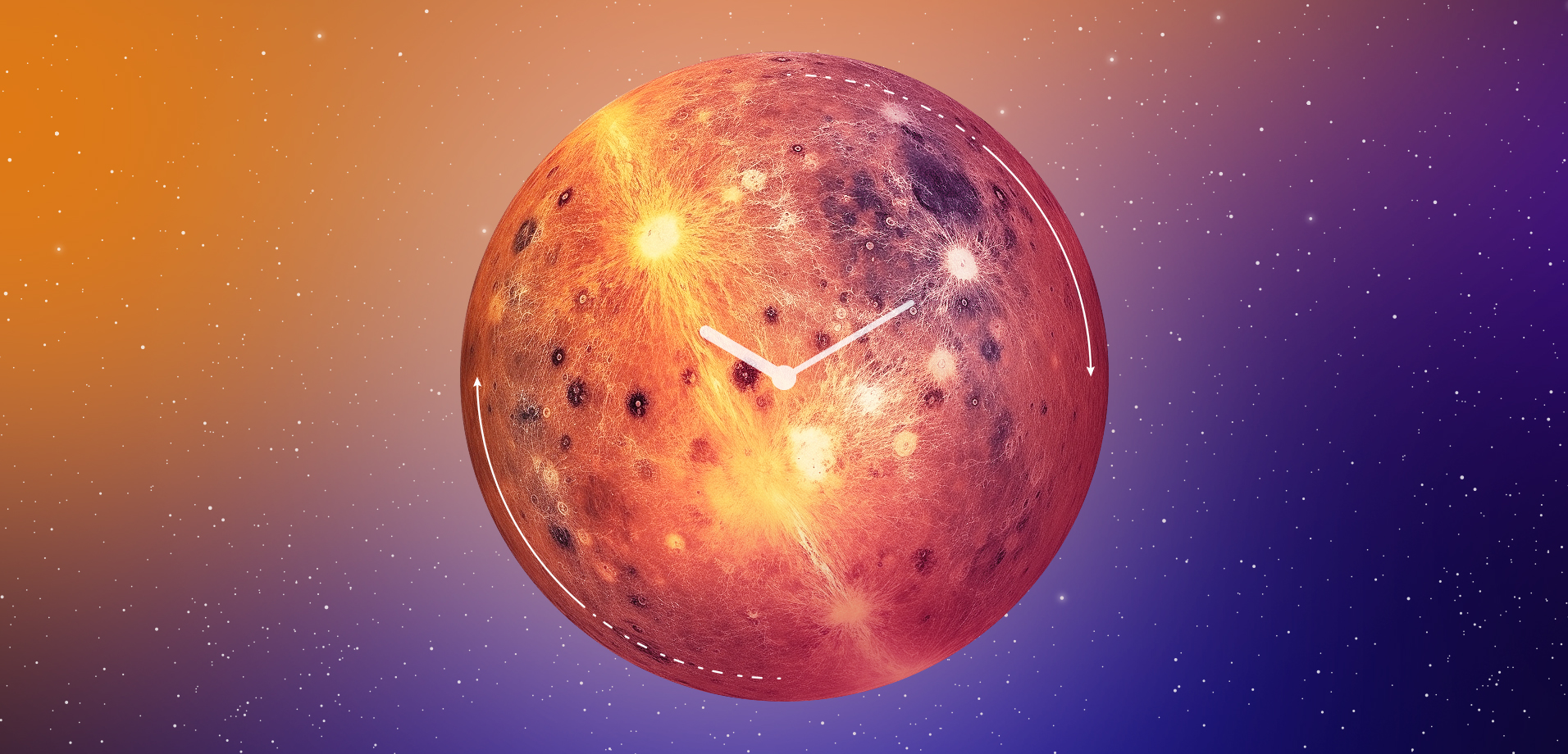
Mercury is not a planet that we want to colonize, but imagine if someday astronauts landed on it. What would they face beside a harsh climate? You’d be surprised, but it would be their longest working day. Why is that? Let’s find out how long a day is on Mercury compared to Earth time and what it depends on.
What is the length of one day on Mercury compared to Earth
We know that one Earth day lasts 24 hours. This is how long it takes our planet to make one revolution of 360 degrees around its axis. But it also revolves around the Sun and makes one complete revolution around the star in 365 days. We call this period a year.
And how long is a day on Mercury in Earth hours?
The planet’s rotation around its axis lasts 58.6 days or 1406 hours, and it takes 88 days to move around its orbit around the Sun. So, one can say that one Mercury year lasts only 1.5 Mercury days. That’s incredible! But that’s not quite right.
The fact is that Mercury is a unique and, in some sense, “wrong” planet. It is closer to the Sun than any other solar system planet, so it has a small orbit and rotates along it at great speed. But Mercury rotates very slowly around its axis. This happens because of the strong influence of the tidal forces of the Sun on the massive iron core of Mercury, which occupies three-quarters of the entire planet’s size (which is the size of the Earth’s moon).
Such a difference in rotation speeds leads to the fact that Mercury is in a 3:2 spin-orbit resonance that has no analogues in the solar system (when the periods of revolution around the Sun and around its axis are synchronized) — for two revolutions around the Sun, Mercury turns around its own axis three times. This affects the length of the Mercury “day” in the most unusual way, in the sense of “one day period + one night period,” which corresponds to 24 hours on Earth. So how long is a full day on Mercury?
How many Earth days are “24 hours” on Mercury?
To accurately answer this question, you should understand the concepts of sidereal (stellar) and solar days. A sidereal day is a time during which a celestial body makes one complete rotation around its axis relative to a fixed point (for example, a distant star). A solar day is the time it takes the Sun to return to the same place in the sky (roughly speaking, the time from dawn to dawn). On Earth, the time of the solar and sidereal days is almost the same; it is 4 minutes shorter than 24 hours. We also already know what is the length of a sidereal day on Mercury. That is 59 days.
But how long is a solar day on Mercury? 176 earth days or 4222 hours, or 2 Mercurian years!!! Just imagine, daytime and nighttime are one Mercury year each. That’s why we talked about the longest working day for astronauts.
Why does the Sun travel so long in Mercury’s sky?
Due to the very elongated orbit of the planet, the Sun rises and sets twice in Mercury sky. Thus, the star takes more time to reappear in the same place, and one solar day lasts 2 years.
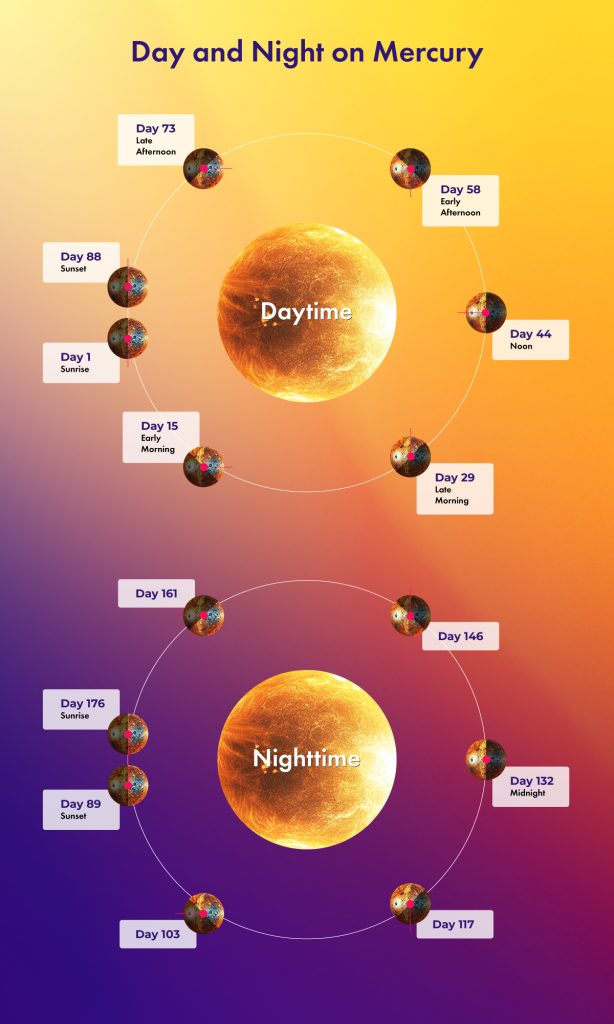
Let’s have a look at the pictures above. They show how Mercury moves in its orbit around the Sun and around its own axis. Let’s assume that you are in the same place on the surface (red marker). On the first Earth day, you see the Sun at the horizon. Then it gradually rises up the Mercurian firmament.
On the 44th day, that is, approximately 1000 hours after sunrise, the Sun reaches the highest point of its trajectory — noon comes. The longest morning in the world! On day 58, the planet almost completes its rotation around its axis (look at the position of the red marker line), which on Earth would mean the next dawn is approaching, but on Mercury, it is only early afternoon. Starting from the 73rd day, evening falls on the planet, and on the 88th day, the Sun hides behind the horizon and night sets in, which also lasts 88 days (second picture). What a crazy day!!
But the length of a day on Mercury is not the last surprise on this “wrong” planet. Let’s continue to wonder.
Joshua Navin effect on Mercury
Imagine that the Sun, moving across the sky, suddenly stops and starts moving backwards. On Earth, just as on other planets, you are unlikely to witness this, but on Mercury, it happens regularly. The phenomenon is named after Joshua Navin, the leader of the Jewish people, who, according to the Old Testament, stopped the Sun and Moon in the sky so that the enemy could not retreat, taking advantage of the evening and night darkness.
A unique phenomenon can be observed for about 8 Earth days when Mercury is at perihelion (the point of the orbit closest to the Sun). As it approaches the star, Mercury’s orbital speed increases, but the rotation around the axis remains unchanged.
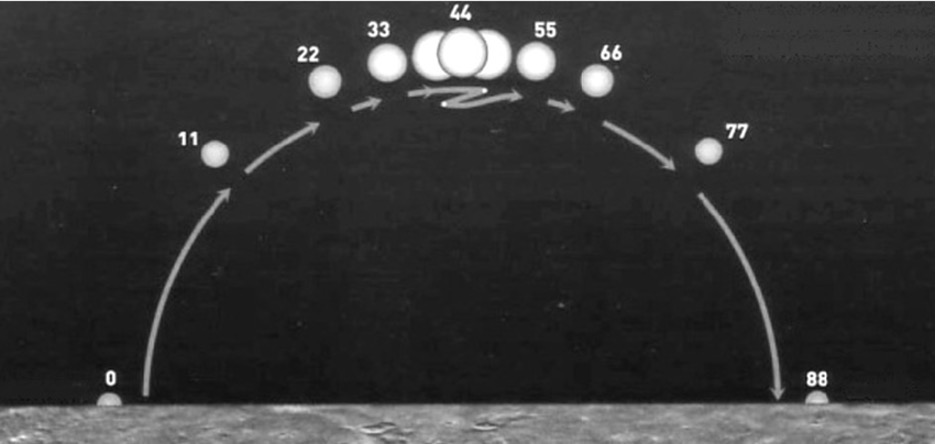
When viewed from the zero meridian, we see the following: the small Sun rises in the East, rapidly increasing in size. Having passed the perihelion point, it begins to move in the opposite direction. This continues for 2-3 Earth days, after which the star begins to move forward again.
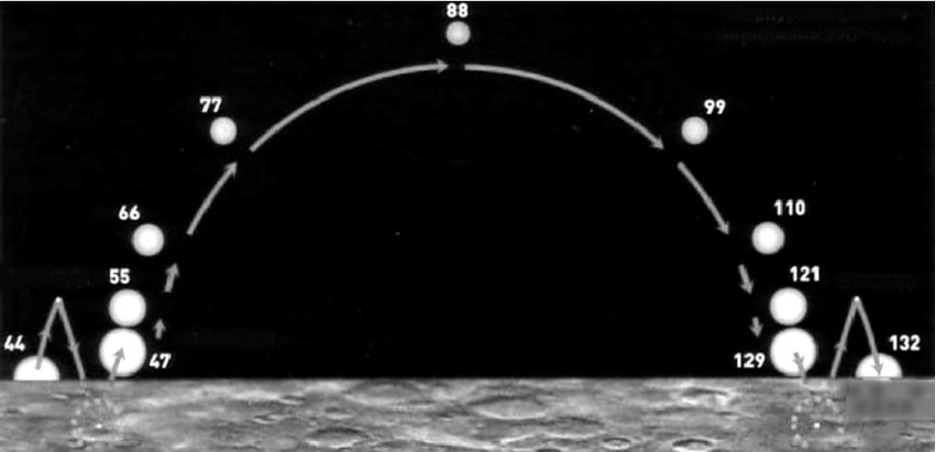
On the 270th meridian, an absolutely incredible picture appears before the observer. There are three sunrises and three sunsets on a Mercury day. The Sun rises above the horizon and sets again in the same place. Then it rises again and begins to move across the sky. At the endpoint, it sits down and once again rises slightly above the horizon. Then comes the final sunset and the Mercurian night.
That’s how surreal it looks on video.
What is the length of the day on Mercury compared to the other planets
Comparison of the length of a day on Mercury to other planets once again proves the uniqueness of this planet. In terms of the sidereal day duration, only Venus is ahead of it. On Venus, the period of revolution around its axis is longer than the period of revolution around the Sun. But in terms of the solar day duration, Mercury has no equal. (On Venus, due to its reverse rotation, the stellar day is twice shorter than the solar one). Have a look at the comparison table.
Approximate length of a day and a year on the planets of the solar system (in Earth days).
| Planet | Sidereal Day ( the time it takes for a planet to rotate once about its axis) | Solar Day (Sun movement from dawn to dawn) | A Year (one rotation around the Sun) |
| Mercury | 59 days | 176 days | 88 days |
| Venus | 243 days | 117 days | 225 days |
| Earth | 1 day | 1 day | 365 days |
| Mars | 1 day and an hour | 1 day and an hour | 687 days |
| Jupiter | 10 hrs | 10 hrs | 12 years |
| Saturn | 11 hrs | 11 hrs | 29 years |
| Uranus | 17 hrs | 17 hrs | 84 years |
| Neptune | 16 hrs | 16 hrs | 165 years |
Final Thoughts
Research on Mercury began in the late 19th century and continues to this day. In the 1960-70s, several Mariner robotic missions were sent to it, and at the beginning of the 21st century, the Messenger mission. Even though today we know how long a day is on Mercury and many other useful and interesting facts, this planet remains one of the least studied in the solar system.
The third robotic mission, Bepi Colombo, launched in 2018 by ESA, should reach Mercury on December 5, 2025. Well, let’s hope that the “wrong” planet still has secrets in store.





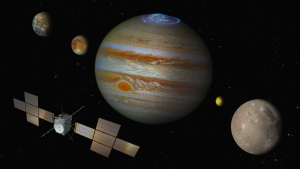
Thank you for your comment! It will be visible on the site after moderation.